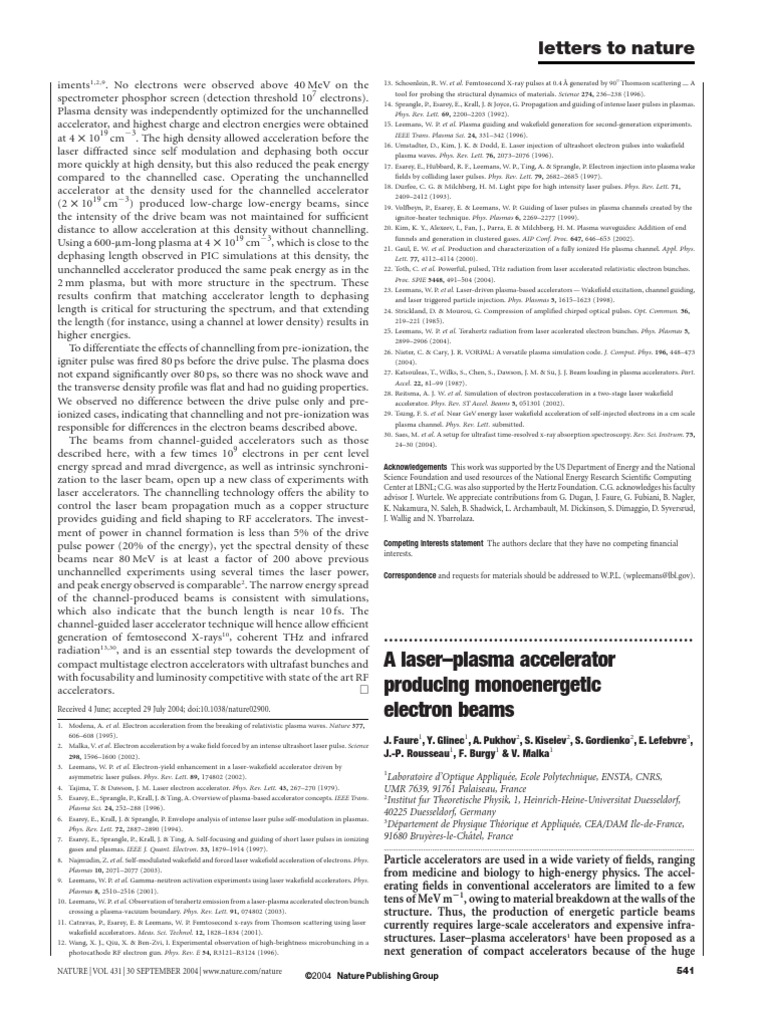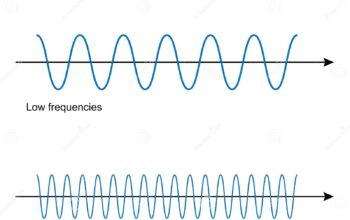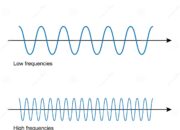Tabletop acceleration represents a transformative paradigm in the field of particle physics, delineating a departure from traditional, large-scale particle accelerators toward compact systems that generate monoenergetic electron beams within a laboratory setting. This approach not only facilitates enhanced accessibility to high-energy physics experiments but also stimulates a variety of applications in medical therapeutics, materials science, and fundamental physical research.
The core principle of tabletop acceleration lies in the interaction of intense laser fields with plasma, resulting in the production of high-energy electrons. Various methodologies have emerged to harness these phenomena efficiently. In this discourse, we elucidate the mechanisms, designs, and implications associated with different types of tabletop laser plasma accelerators (LPAs), focusing on their capability to produce monoenergetic beams.
Primarily, two types of acceleration methods predominate in the realm of LPAs: the laser wakefield acceleration (LWFA) and the direct laser acceleration (DLA). Both techniques capitalize on the interaction between high-intensity lasers and plasma but diverge in their operational principles and resultant electron beam characteristics.
In laser wakefield acceleration, a high-power laser pulse propagates through a plasma medium, creating a wake of ionized particles in its wake. This wake, akin to a wave traveling through water, generates an electric field that can exceed several gigavolts per meter. Electrons that are injected into this wake experience substantial acceleration. Notably, LWFA is distinguished by its ability to produce highly collimated and monoenergetic electron beams, especially when parameters such as the laser intensity, pulse duration, and plasma density are meticulously optimized.
Conversely, direct laser acceleration involves the interaction of a laser field with free electrons in plasma without the intermediary wakefield. In this modality, the electric field of the laser itself directly contributes to the acceleration of electrons. Although DLA can yield high-energy electrons, the challenge lies in generating a sufficiently stable and focused beam. This limitation can result in broader energy spectra compared to LWFA, where the selective acceleration in the wakefield can lead to more monochromatic outputs.
Advancements in technology and methods have led researchers to explore hybrid approaches that integrate both LWFA and DLA techniques. Such an integration enhances electron beam quality, allowing for tailored properties conducive to varied applications. Scientists continuously refine experimental setups, manipulating factors such as the geometrical arrangement of the laser and the plasma distribution, in pursuit of optimal beam characteristics.
The production of monoenergetic electron beams holds immense significance across multiple domains. In the realm of medical physics, for instance, the potential applications in radiation therapy are profound. Monoenergetic beams can deliver targeted doses while minimizing collateral damage to surrounding tissues, thus enhancing treatment efficacy and patient safety. Furthermore, their capacity to generate highly localized radiation enables the exploration of advanced imaging techniques and novel treatment modalities, such as hadron therapy aimed at combating malignancies.
Moreover, in materials science, the implementation of monoenergetic electron beams opens avenues for probing material properties at the nanoscale. The precise energy levels facilitate advancements in electron diffraction and microscopy techniques, allowing for the elucidation of atomic structures and defects in various materials. High-energy electrons can also induce modifications in material properties, furthering the development of novel materials and nanostructures with tailored functionalities.
Another noteworthy application resides in fundamental particle physics research, where monoenergetic electron beams derived from LPAs present opportunities for probing quantum mechanics and subatomic interactions. Their generation allows physicists to explore high-energy collisions and quantum electrodynamics with unprecedented precision, contributing to our understanding of the universe at its most fundamental levels.
As with any revolutionary technology, challenges persist. Achieving the desired beam quality and stability remains paramount; fluctuations in laser parameters and plasma conditions can result in energy spread and directional divergence that compromise the utility of the produced beams. Further, scaling up production while maintaining compactness poses engineering challenges that must be surmounted.
Ongoing research endeavors are focused on addressing these challenges, with endeavors aimed at enhancing laser-plasma interactions through refined diagnostics and control mechanisms. Novel techniques such as advanced plasma diagnostics, real-time feedback systems, and sophisticated laser shaping are being deployed to ensure consistent beam production with the desired properties.
In conclusion, tabletop acceleration through laser-plasma interactions signifies a compelling shift in particle acceleration methodologies. The ability to generate monoenergetic electron beams in a laboratory setting not only democratizes access to high-energy physics but also broadens the horizons of scientific inquiry across multiple fields. Continuous advancements in technology and methodologies promise to further enhance the scope of applications, fostering innovations that transcend traditional boundaries and propel forward the frontiers of physics and engineering.












